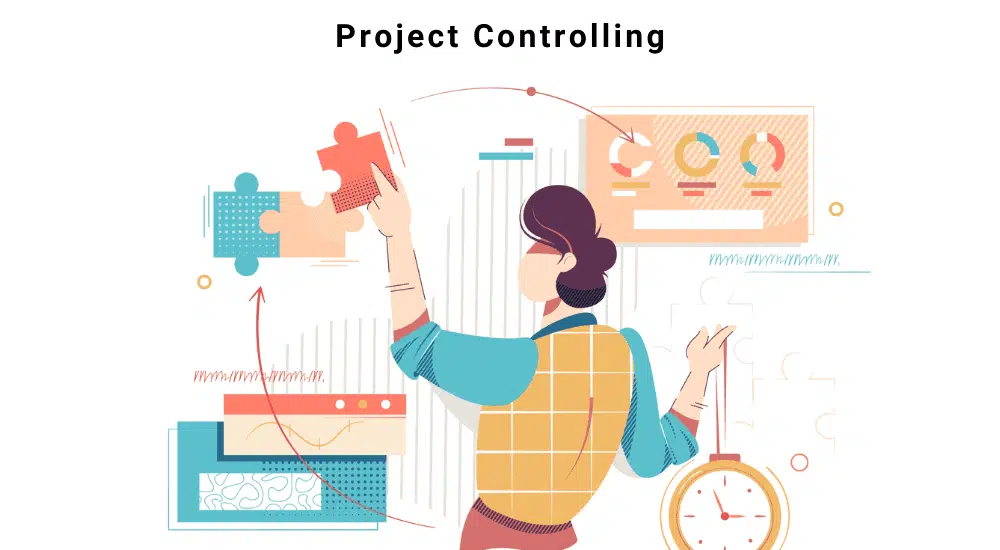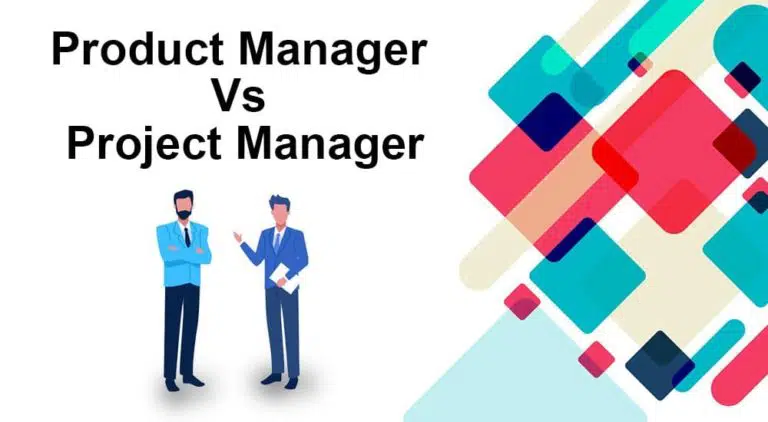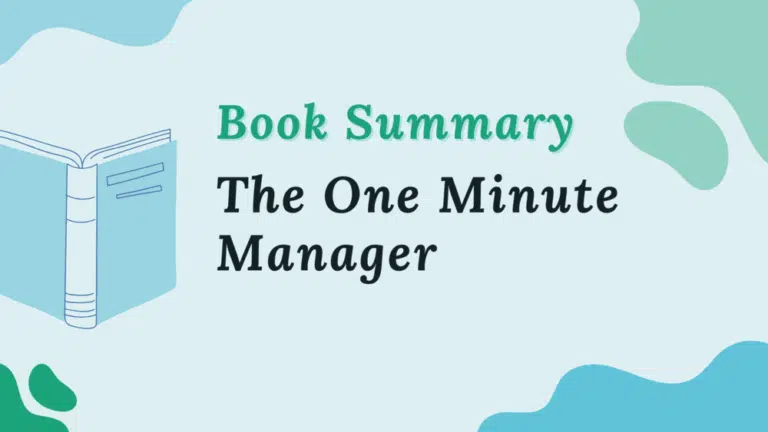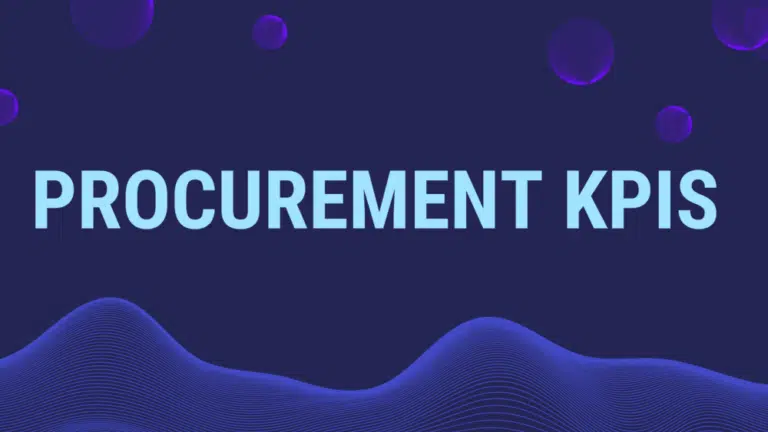Project controlling is an essential component of project management. The goal of controlling a project is to organize and monitor tasks to complete them on time, on budget, and meet quality standards.
Controlling projects is difficult. Project management is a dynamic environment with unanticipated issues and risks.
However, you can better control your project and meet the stakeholders’ requirements with the right tools.
Project Controlling
Many project professionals think project management and project control are the same; they are not.
Project management is the management of a combination of individual processes, many of which relate to the subsidiary discipline of project control.
While project controlling is the application of processes to measure performance against the plan. This enables variances to be identified and corrected to achieve the project objectives.
Project management helps manage different processes, while project control ensures they are performed as planned.
Project Control focuses on the following:
- Project Budget
- Project Schedule
- Project Quality
Controlling the project means managing and tracking the progress of the work, ensuring that it stays timely and meets the project requirements. It also involves corrective action.
Controlling helps identify deviations from the plan. Organizations must understand how their projects are controlled in today’s business world.
Features of Project Controlling
It is Forward-Looking
Controlling helps organizations plan and manage their projects. It allows an organization to identify areas of risk and realize opportunities.
It Exists at all Levels
Controlling is from the top management to the operational level. This ensures plans are aligned with operations and resources are used efficiently.
For example, top-level managers might set strategic objectives that need to be cascaded down, and operational-level controlling would ensure these objectives are met.
It is a Continuous Process
Controlling is not a one-time event; project managers continually monitor their progress and compare it with the planned progress.
This allows organizations to be proactive rather than reactive when managing resources.
It is a Preventive Mechanism
Controlling helps organizations identify and address potential problems before they escalate. This allows organizations to take corrective action before it’s too late.
It Provides Feedback
Feedback provides organizations with information about the effectiveness of their strategies and how to improve further.
The controlling mechanism provides an organization with valuable feedback.
It is Flexible
Controlling can be adjusted according to the project needs, such as changes in market conditions or new government regulations.
This allows organizations to adapt their controlling processes when necessary.
Benefits of Project Controlling
Effective Resource Utilization
Project controlling helps organizations use their resources effectively by tracking work progress and ensuring that tasks are completed on time and within budget.
Timely Decisions
Controlling helps project managers make informed, well-timed decisions.
It provides regular updates on the progress and helps project managers decide whether to continue with a task or reallocate resources. This ensures optimum resource utilization and increases productivity while reducing costs.
Establishing Accountability
Project controlling helps managers establish clear lines of accountability for each task and holds individuals accountable for their performance.
It provides organizations with visible resource utilization and other critical areas, such as risk management. It also ensures compliance with regulations.
Facilitates Coordination
This helps project managers and teams coordinate the work more effectively.
With greater transparency, team members collaborate better and resolve problems early. This keeps projects running smoothly.
Provides Timely Reports
Timely and accurate reports are essential for making sound decisions. By tracking the progress regularly, controlling helps project managers obtain up-to-date information for informed decisions.
Helps in Planning and Budgeting
In addition to accurate reports, controlling lets managers produce plans that reflect real progress made on the ground. This ensures better resource utilization, resulting in higher productivity and savings.
Promotes Efficiency
Project controlling promotes efficiency within the project and the organization.
Team members work together more effectively to achieve their goals through better coordination and communication. This reduces waste and results in a more productive and cost-effective organization.
Avoids Scope Creep and Gold Plating
Project controlling keeps track of communication and monitors changes regularly to stop scope creep and gold plating. Scope creep happens due to miscommunication, and team members add extra features to make clients happy when gold plating. These are not approved changes and can negatively affect the project.
Project Controlling Processes
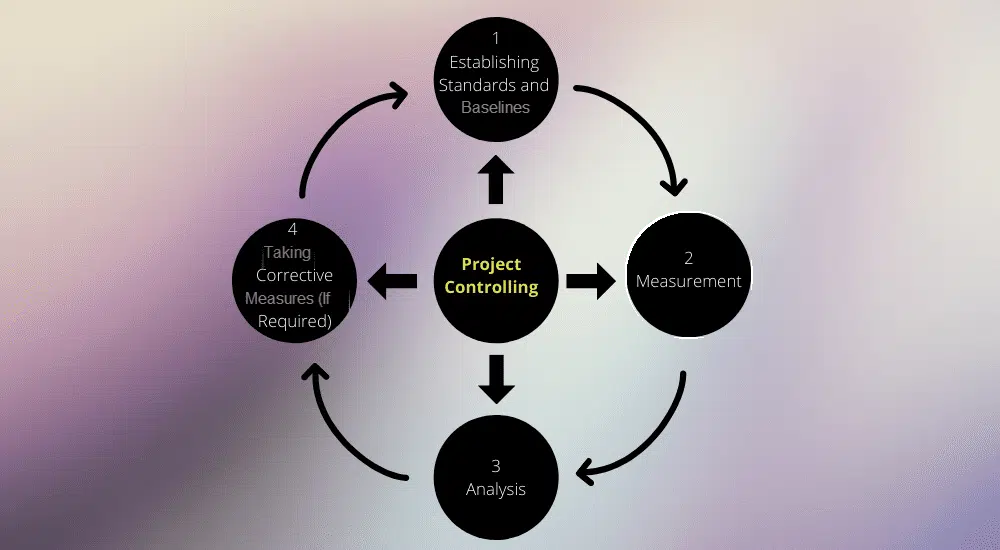
Here are the controlling process steps:
Establish Standards and Baselines
Standards can be divided into either qualitative or quantitative. Here, the project manager sets the expectations for the team to work and behave. This is done by creating policies, procedures, and templates.
A qualitative standard ensures that the product meets a certain quality level. For example, if you want your users to feel like your website has been well thought out, you would set a qualitative standard for design.
A quantitative standard is a requirement to meet certain numerical values. For example, if your project is to create a new mobile app, you might establish that it needs to have at least 500 downloads in its first month on the market.
A baseline is an approved plan set during the planning phase. A project manager uses project baselines to track progress.
Any deviation can be easily spotted and tracked.
Measurement
After setting standards and baselines, project managers measure the work against them. Key tools of this process are checklists, dashboards, and progress reports. They provide information on status and progress.
Analysis
Here, the project manager reviews data and interprets it. They compare it to the baselines to find discrepancies.
Taking Corrective Measures
The final step of the controlling process is taking corrective measures. Management may need to adjust the plan, communicate with team members, or take corrective action to bring the project back on track.
Types of Project Control
- Feedback Control
- Concurrent Control
- Predictive Control
#1. Feedback Control
Feedback control ensures the products meet the requirements. It involves inspecting and giving feedback to the team to make changes as needed.
#2. Concurrent Control
This project control ensures everything stays on schedule. It involves setting up milestones and constantly monitoring progress so you can take corrective action, if needed, to avoid delays.
#3. Predictive Control
These ensure the project is finished within budget. Predictive control involves estimating actual cost and then tracking it against the planned cost baseline.
#4. Control Charts
These show if the process is out of control. Implementing corrective action should bring the project process with variance back into control.
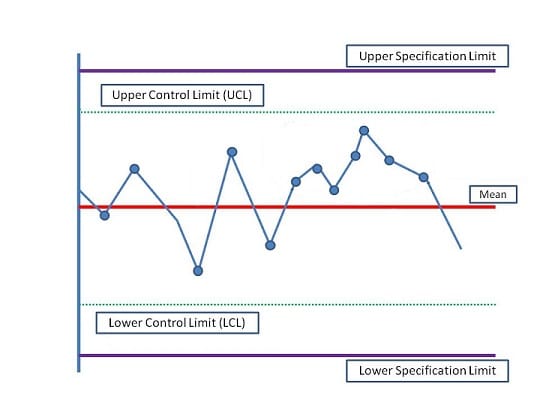
As shown in the above chart, some dots appear out of control. The rule of seven states that if seven or more consecutive data points fall on one side of the mean, they should be examined and appropriately investigated.
Summary
The controlling process is the part of project management that ensures the work being done aligns with the plan. Project control ensures that projects are completed on time, within budget, and meeting all requirements.
How do you use project controlling? Please share your experiences through the comments section.

I am Mohammad Fahad Usmani, B.E. PMP, PMI-RMP. I have been blogging on project management topics since 2011. To date, thousands of professionals have passed the PMP exam using my resources.

